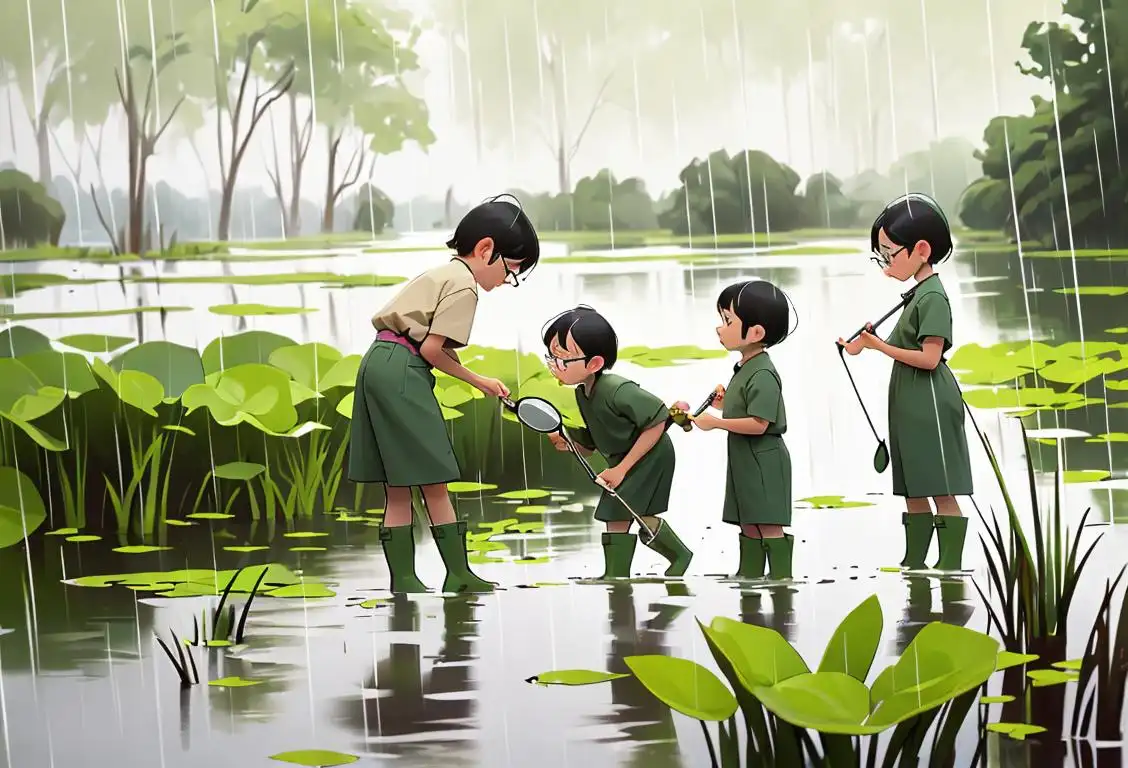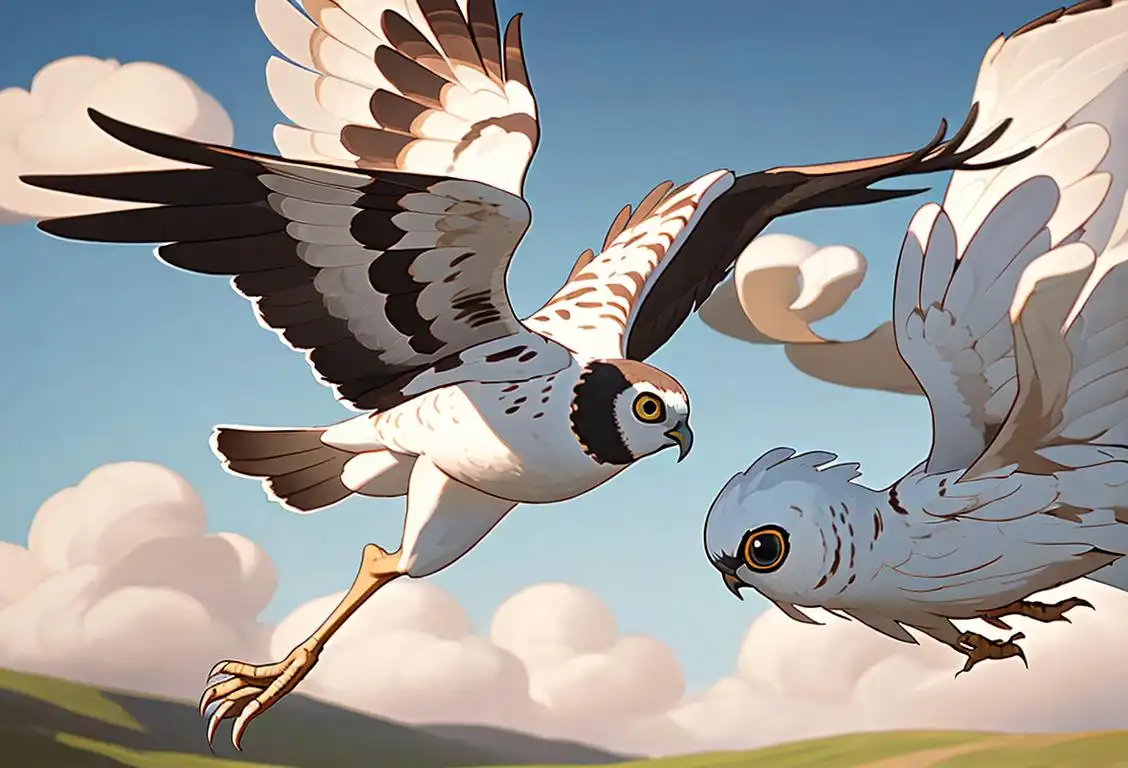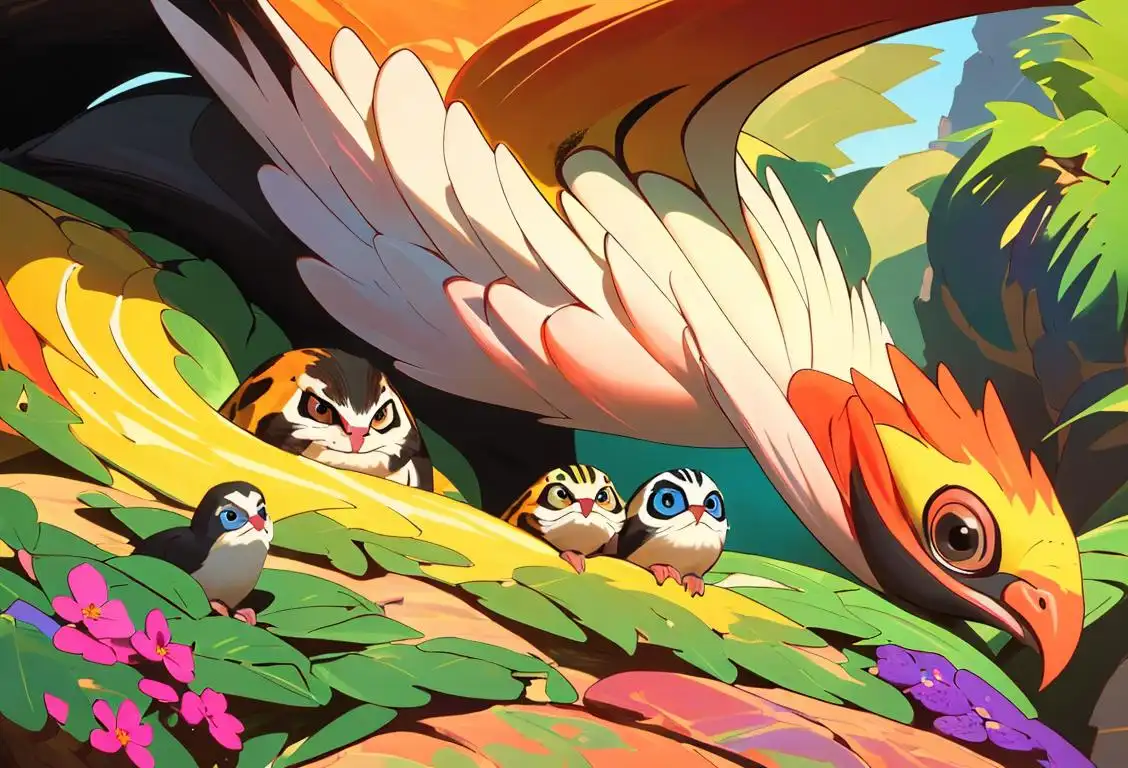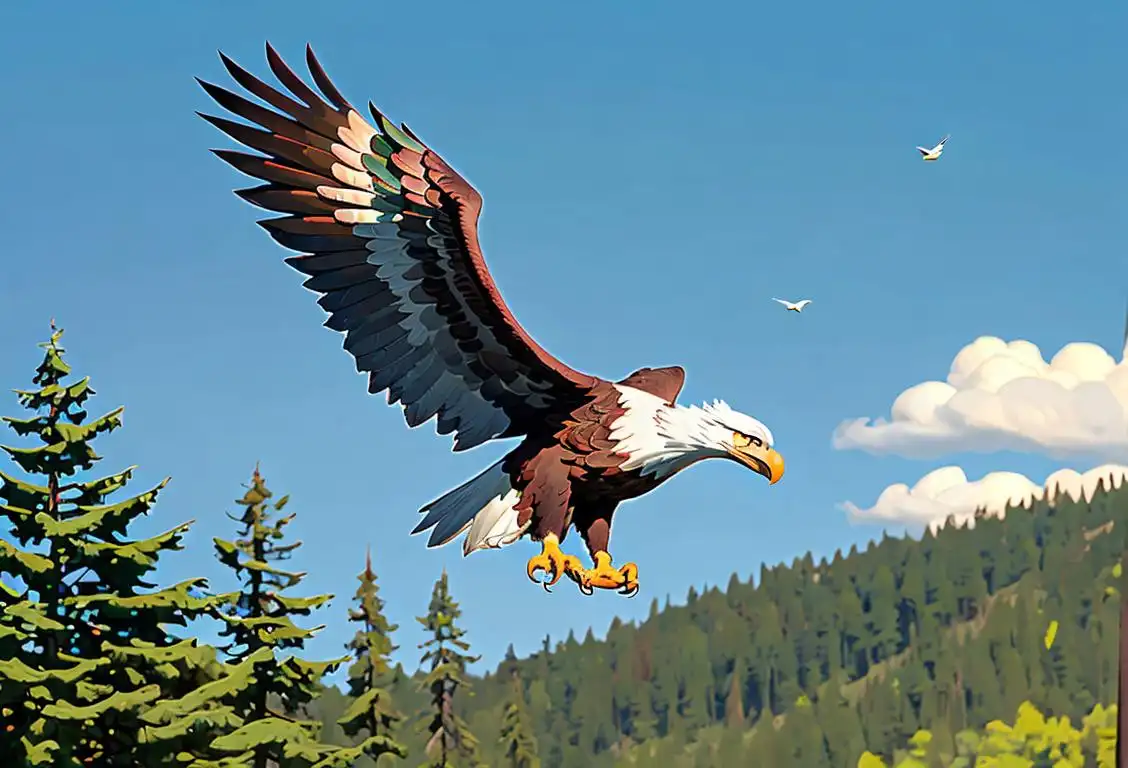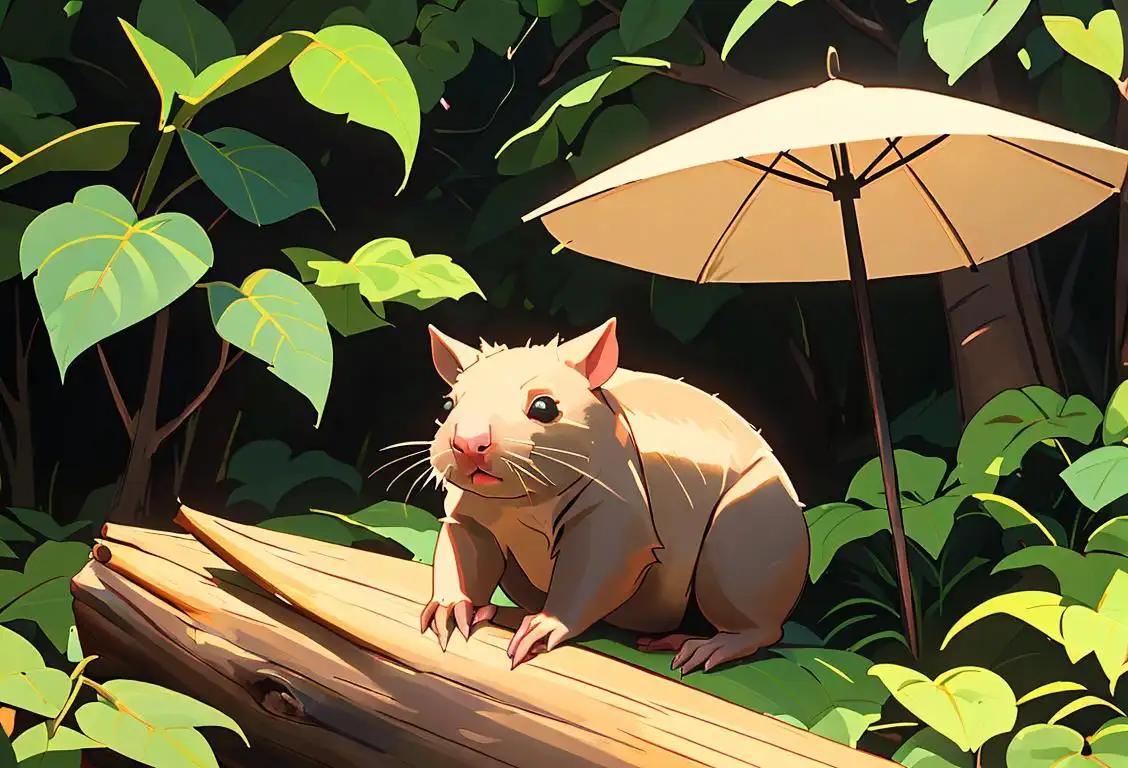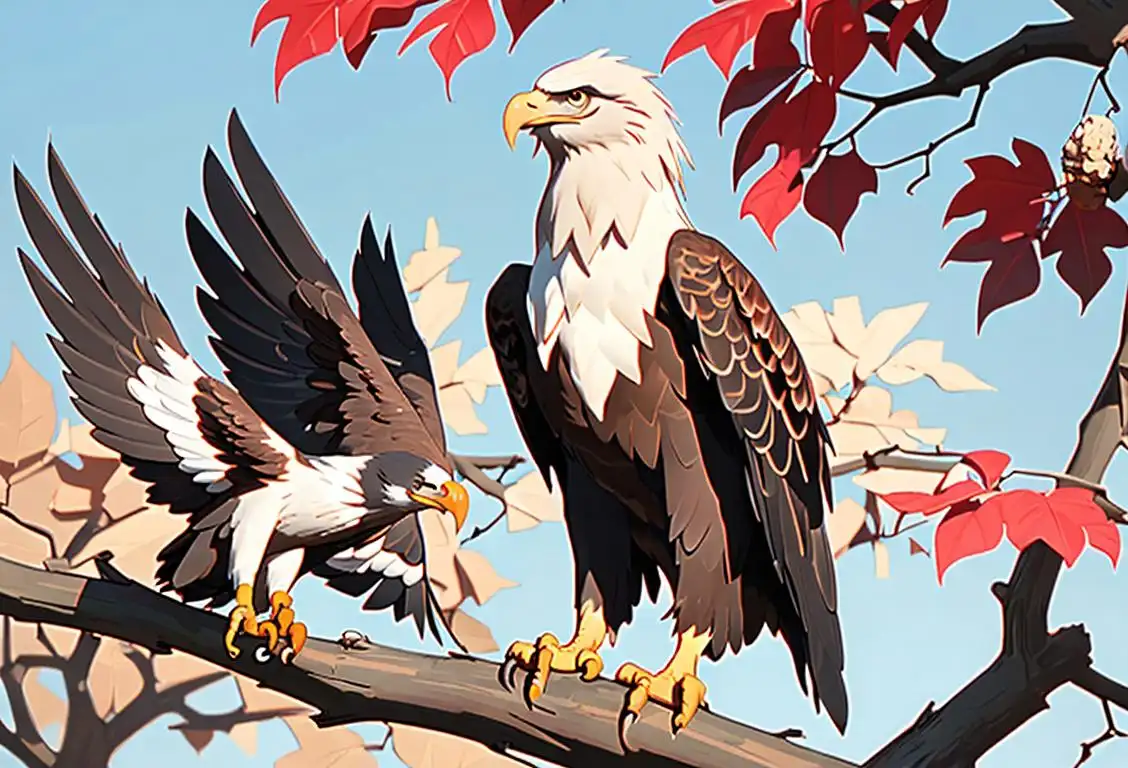National Butterflies Day

Welcome to the world of fluttering wings and vibrant colors! National Butterflies Day is a celebration of these delicate and fascinating creatures. Prepare to be amazed as we delve into the wonders of butterflies and the interesting history behind this national day.
When is Butterflies Day?
It's national butterflies day on the 14th March.
The Majestic World of Butterflies
When you think of butterflies, what comes to mind? Perhaps it's a vision of a sunny meadow with these graceful insects fluttering from flower to flower. Or maybe you recall the famous children's story of 'The Very Hungry Caterpillar.' No matter what image pops into your head, one thing is for sure - butterflies are a symbol of beauty and transformation.
But did you know that butterflies are not just pretty to look at? These winged wonders play a crucial role in our ecosystem. As pollinators, they help to fertilize plants and ensure their survival. Plus, they act as an important food source for birds, bats, and other small animals.
Butterflies come in a stunning array of colors and patterns, showcasing nature's creativity. From the vibrant orange and black wings of the Monarch butterfly to the iridescent blues and greens of the Peacock butterfly, there is a kaleidoscope of beauty to admire.
The Origin of National Butterflies Day
National Butterflies Day originated as a way to raise awareness about these remarkable creatures and their conservation. With habitats under threat and populations declining, it's crucial to protect their fragile existence.
The precise origins of this national day are a bit mysterious. While we couldn't find a historical event or a famous figure associated with its creation, we can speculate that it was established by butterfly enthusiasts and organizations passionate about their preservation.
Although National Butterflies Day might not have a specific date tied to its inception, it's typically celebrated on various dates throughout the year depending on region and climate. It's a time for people to learn about butterflies, create butterfly-friendly gardens, and participate in citizen science projects to monitor their populations.
Did You Know?
Did you know that some species of butterflies migrate over incredible distances? The spectacular Monarch butterfly, for example, embarks on an astonishing journey of up to 3,000 miles every year. These delicate creatures travel from the northern parts of the United States and Canada all the way to Mexico, seeking warmer climates during the winter months. Talk about a long-haul flight!
History behind the term 'Butterflies'
1658
The term 'butterflies' is coined
In 1658, the term 'butterflies' was first coined to describe the delicate and colorful insects that are known for their unique patterns on their wings. The word 'butterflies' is believed to have originated from the Old English word 'buttorfleoge', which means 'butter fly'. This term was derived from the notion that butterflies were thought to have a butter-like or silky appearance.
1735
The scientific study of butterflies begins
In 1735, the scientific study of butterflies, called lepidopterology, began to take shape. Swedish naturalist Carl Linnaeus played a significant role in this development when he introduced the systematic classification of butterflies based on their physical characteristics. His work paved the way for further scientific exploration and understanding of these graceful creatures.
1863
The butterfly effect concept emerges
In 1863, a concept associated with chaos theory called the 'butterfly effect' began to emerge. This concept suggests that small changes in initial conditions can lead to significant differences in outcomes over time. The term 'butterfly effect' itself was coined much later, in the late 20th century, by meteorologist Edward Lorenz. The idea behind the butterfly effect highlights the interconnectedness of complex systems, where a seemingly insignificant event can have profound effects elsewhere.
1892
Butterfly collecting becomes a popular hobby
By 1892, butterfly collecting had become a popular hobby among enthusiasts worldwide. Collectors would carefully catch and preserve specimens, often meticulously cataloging them in elaborate collections. This practice not only contributed to the scientific knowledge about butterflies but also allowed people to appreciate their stunning beauty up close.
1972
Butterfly conservation gains momentum
In 1972, the conservation movement focused on protecting butterflies gained momentum. As people became more aware of the threats faced by these delicate insects, efforts to preserve their habitats and raise awareness about their ecological importance grew. Butterfly gardens and protected areas were established to provide safe havens for various butterfly species, helping to maintain their populations and prevent further decline.
Did you know?
Did you know that some species of butterflies migrate over incredible distances? The spectacular Monarch butterfly, for example, embarks on an astonishing journey of up to 3,000 miles every year. These delicate creatures travel from the northern parts of the United States and Canada all the way to Mexico, seeking warmer climates during the winter months. Talk about a long-haul flight!Tagged
awareness nature conservationFirst identified
12th March 2021Most mentioned on
14th March 2021Total mentions
58Other days
Wetlands Day
Public Garden Day
Endangered Species Day
Hen Harrier Day
Butterflies Day
Geographic Photo Ark For This Earth Day
American Eagle Day
Tiger Day
Wombat Day
Wild Life Day
